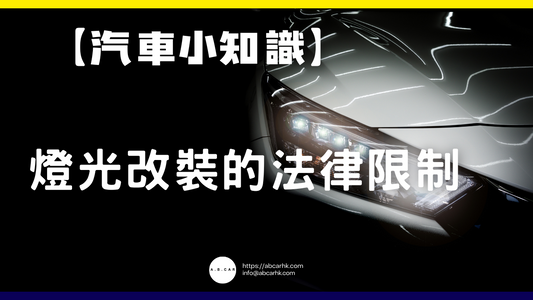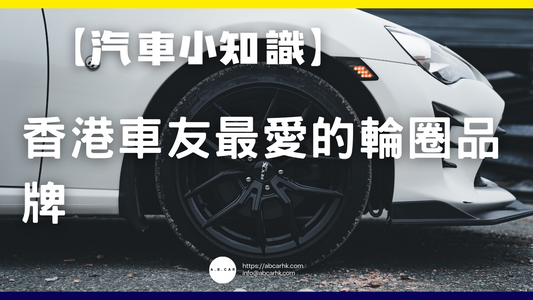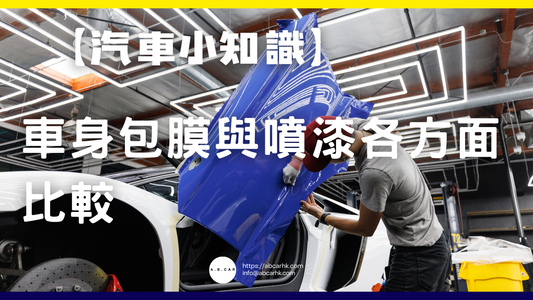【Common Diseases】Tendinitis

Tendonitis Treatment Guide (Hong Kong Edition)
Tendinitis refers to inflammation or irritation of the tendons due to repetitive use, injury, or degeneration. It commonly occurs in the shoulders, wrists, elbows, knees, ankles, and other areas. Tendons are crucial tissues connecting muscles to bones. Once inflamed, they can cause pain, swelling, and limited mobility. Long-term neglect can lead to tendon degeneration or even rupture.
As the editor, I combine local medical information in Hong Kong and international medical articles to explain the treatment methods and rehabilitation key points of tendonitis.
1. Causes and High-risk Groups
Tendonitis is often related to overuse or repetitive motions , such as:
- Prolonged typing and mouse use (wrist tendinitis)
- Frequent lifting or carrying (rotator cuff tendinitis, elbow tendinitis)
- Excessive exercise (running, badminton, tennis, etc.)
- Aging (decreased tendon elasticity and poorer repair ability)
Hong Kong urbanites have a high incidence of tendonitis due to their fast work pace, improper exercise posture or lack of warm-up.
2. Non-surgical treatment (conservative treatment)
Most tendonitis patients can effectively improve through conservative treatment in the early stages.
1. Rest and reduce load
- Stop or reduce the painful movement to give the tendon time to repair.
- Adjust your posture or change tools while working, such as an ergonomic mouse or keyboard.
2. Ice and heat
- Acute phase (first 48 hours) : Apply ice for 15-20 minutes several times a day to reduce swelling and inflammation.
- Chronic stage or recovery stage : Hot compress promotes blood circulation and speeds up repair.
3. Medication
- Non-steroidal anti-inflammatory drugs (NSAIDs) : such as ibuprofen and naproxen, can be taken orally or applied topically.
- Topical ointments or patches : Contain anti-inflammatory ingredients for local relief.
In Hong Kong, NSAIDs are available in low-dose versions at pharmacies, but high-dose or long-term use requires a doctor's prescription.
4. Physiotherapy
- Stretching and strengthening exercises : Improve joint mobility and tendon strength.
- Ultrasound therapy, electrotherapy, and shockwave therapy : promote blood circulation and tissue repair.
- Kinesio Taping : Reduces load and provides support.
The waiting time for physiotherapy in Hong Kong's public hospitals is long, and private clinics charge about HK$300-800 per session.
3. Injection therapy
When conservative treatments don't help or the pain is interfering with your life, your doctor may recommend injections.
1. Corticosteroid Injection
- It has a quick anti-inflammatory and analgesic effect, but overuse may weaken tendon tissue and increase the risk of rupture.
- It is generally not recommended to inject more than 2-3 times in the same area within a year.
2. Platelet-Rich Plasma Injection (PRP Therapy)
- High-concentration platelets are extracted from the patient's own blood and injected into the inflamed area to promote repair.
- In Hong Kong, this is a self-funded treatment, costing approximately HK$3,000-8,000 per session.
4. Surgical treatment
Surgery is usually a last resort and is used for:
- Long-term pain that is ineffective with conservative treatment
- Partial or complete tendon rupture
- Calcific tendinitis occurs and the calcifications severely limit movement
Common surgeries include:
- Clearing of inflamed or calcified tissue
- Repair or rebuild tendons
- Arthroscopic minimally invasive surgery
The cost of surgery in Hong Kong's public hospitals is low, but the waiting time is long; the fees in private hospitals depend on the complexity of the surgery and can reach tens of thousands of Hong Kong dollars.
5. Rehabilitation and Prevention
- Exercise gradually : Avoid sudden increases in exercise.
- Warm up and stretch properly : especially before and after exercise.
- Maintain muscle strength and flexibility : Reduce tendon load.
- Adjust the working environment : comply with ergonomics and reduce long-term repetitive movements.
Tips on Hong Kong Medical Resources
- Orthopedic or physiotherapy clinics in public hospitals : require referral from a family doctor. The cost is low but the waiting time is long.
- Private clinics and physiotherapy centres : These offer higher fees but shorter waiting times, making them suitable for those with acute pain or who require intensive treatment.
- Sports Injury Center : Provides professional rehabilitation training for athletes or people who exercise regularly.
💬Let me tell you :
If tendinitis is treated early, most people recover within weeks to months. However, ignoring symptoms and forcing yourself to exercise or work can lead to chronic inflammation, potentially leading to tendon degeneration or tears. While Hong Kong has a diverse range of medical resources, it's recommended that you seek medical attention early, combined with physical therapy and lifestyle adjustments, to effectively address the problem.
⚠️ Disclaimer <br>This article is for reference only and does not constitute any medical advice. It is sourced from major medical articles.



